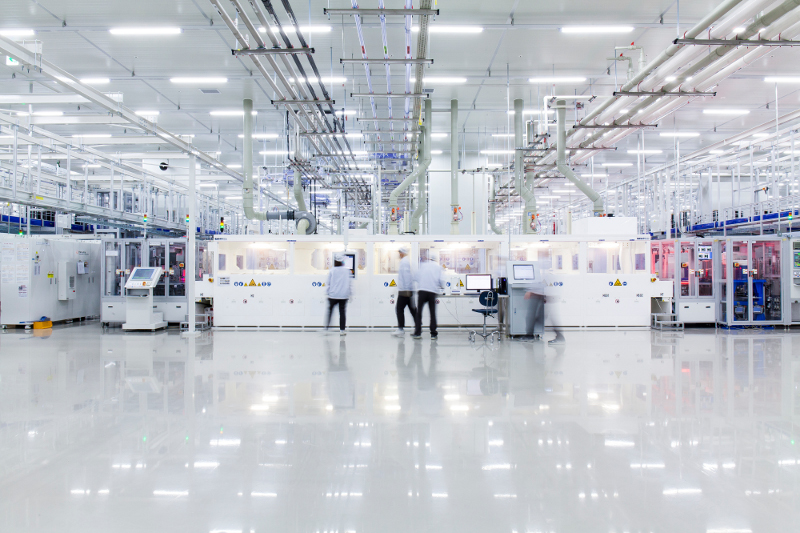From pv magazine USA
Q Cells has revealed that its new solar panel manufacturing facility will be located in Dalton, Georgia, near its 1.7 GW module factory. It is expected to come online as early as the first half of 2023, pushing the company's total production capacity in the United States beyond 3 GW.
“Our additional investment in Dalton will help Q Cells better serve the needs of U.S. customers with increased local manufacturing capacity,” said CEO Justin Lee. “Georgia has become the clean energy manufacturing heart of America, and we are proud to contribute to the state’s advanced manufacturing economy.”
The new facility will produce 1.4 GW of TOPCon solar modules per year.
“We are excited to see Q Cells continue to expand in Georgia. The state of Georgia and Korea have enjoyed an outstanding partnership for decades, supported by a dedication to relationship building. We have been focused on bringing jobs and opportunities to hardworking Georgians across the state,” said Brian Kemp, the governor of Georgia.
The company's expansion in Dalton is expected to bring 470 new jobs to Whitfield County, and with more than 750 people employed at the existing factory, total local employees will exceed 1,000 when the expansion is complete. Groundbreaking is planned for fall 2022.
In March, Hanwha Solutions, the parent of Q Cells, said that it was stepping up efforts to supply customers with “Made-in-America” products when it became the largest shareholder of REC Silicon, a major US manufacturer of polysilicon. Following its initial $160 million acquisition to acquire a 16.67% stake in REC Silicon in January 2022, Hanwha said that it was acquiring an additional 4.67% stake from Aker Horizons, in a deal valued at around $44 million.
Hanwha’s US initiative supports the US government's efforts to increase solar power generation by 40% and to decarbonize all electricity by 2035. Hanwha sees the enactment of the Solar Energy Manufacturing Act (SEMA) as critical to a US-based solar supply chain. While Hanwha had stated that it would “implement a multi-phase, multi-billion-dollar expansion across the full solar energy supply chain” once SEMA was passed, the expansion has begun.
This content is protected by copyright and may not be reused. If you want to cooperate with us and would like to reuse some of our content, please contact: editors@pv-magazine.com.




3 comments
By submitting this form you agree to pv magazine using your data for the purposes of publishing your comment.
Your personal data will only be disclosed or otherwise transmitted to third parties for the purposes of spam filtering or if this is necessary for technical maintenance of the website. Any other transfer to third parties will not take place unless this is justified on the basis of applicable data protection regulations or if pv magazine is legally obliged to do so.
You may revoke this consent at any time with effect for the future, in which case your personal data will be deleted immediately. Otherwise, your data will be deleted if pv magazine has processed your request or the purpose of data storage is fulfilled.
Further information on data privacy can be found in our Data Protection Policy.